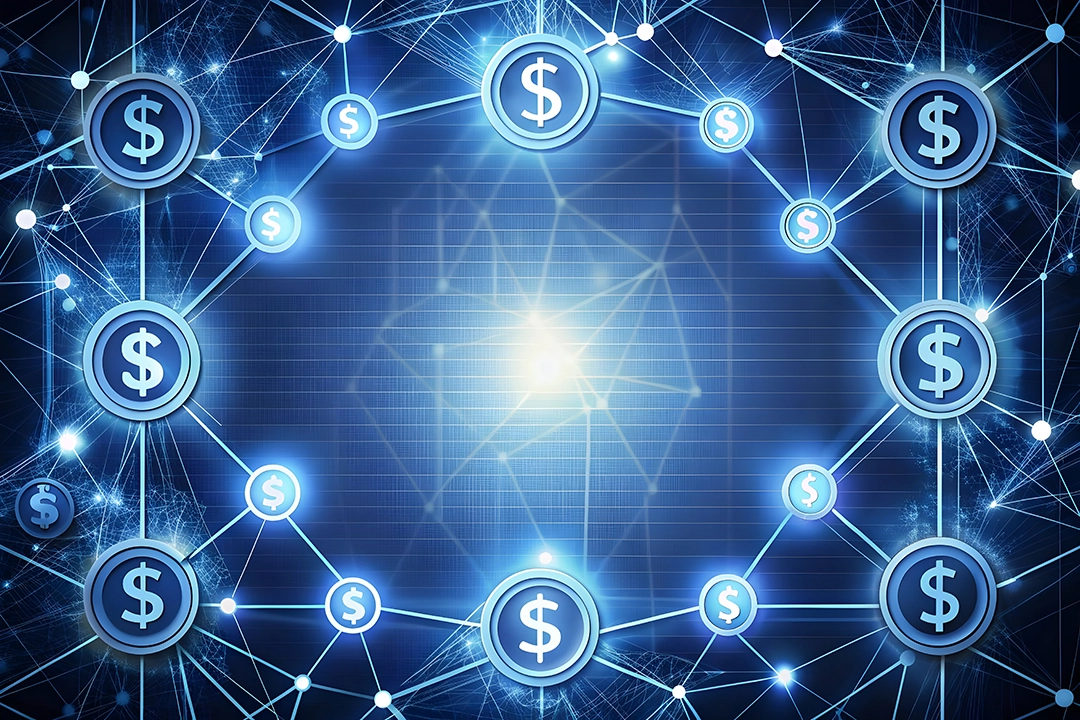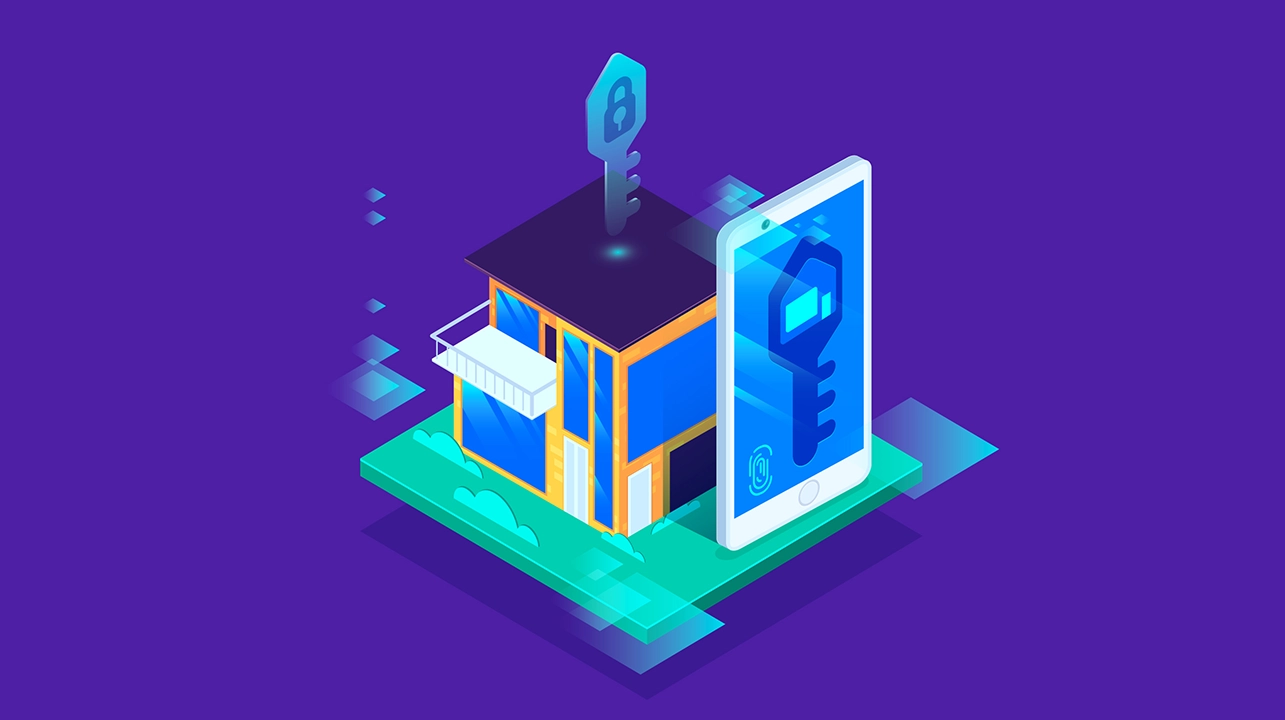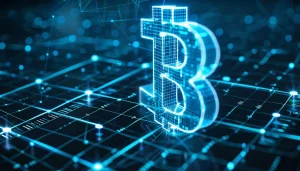How Decentralized Finance (DeFi) is Reshaping Traditional Finance Models in 2024

Table of Contents
The global Decentralized Finance (DeFi) Market size was valued at around USD 22 billion in 2022. Now, it is all set to grow from USD 23.99 billion in 2023 to USD 48.02 billion by 2031.
Today, decentralized Finance (DeFi) has taken the world by storm. It has transformed the way we think or interact with financial services. It uses the power of blockchain technology to offer financial services without banks or middlemen.
This system removes central control and makes transactions faster, cheaper, and more transparent.
Ahead, we will explore more on how DeFi is reshaping traditional finance models.
What Is Decentralized Finance (DeFi)?

As previously mentioned, DeFi is a system that uses blockchain technology to offer financial services without needing banks or middlemen.
Instead of relying on traditional institutions, DeFi ensures that you are directly able to lend, borrow, trade, and earn interest through online platforms. It offers absolute control over your finances!
DeFi uses smart contracts, which are digital agreements that automatically carry out actions when specific conditions are met.
For instance, when a borrower satisfies all the requirements of a loan agreement, a smart contract will automatically send funds to them. This may be as easy as offering collateral. Additionally, if the loan is paid back on schedule, the collateral will be returned to the borrower.
DeFi makes financial services faster, cheaper, and more transparent, and anyone with an internet connection can use it.
This system aims to give more people access to finance while cutting out the need for traditional banks and reducing fees.
Also Read: Building on MFEV Blockchain- A Developer’s Guide
How Decentralized Finance (DeFi) Is Reshaping Traditional Finance Models?

Here are a few ways how Decentralized Finance (DeFi) 2024 is reshaping traditional finance models.
No Intermediaries
DeFi removes traditional mediators like banks and brokers when it comes to financial transactions. It lets you perform financial activities directly with each other.
By using blockchain technology and smart contracts, you can borrow, lend, trade, or earn interest without relying on third-party institutions. This not only brings forth a sense of convenience but also reduces costs and increases efficiency.
Transparency
Decentralized finance (DeFi) 2024 operates on the blockchain, a public ledger that records all transactions. This provides a high level of transparency and lets you verify transactions in real time.
Unlike traditional finance, which often hides transaction details, DeFi ensures that all actions are visible. So, there’s not only trust but also accountability. This is how DeFi is changing finance!
Lower Costs
With no middlemen, DeFi eliminates fees typically charged by banks, brokers, or financial institutions. For instance, when applying for a loan, DeFi users can borrow funds directly from other users or a liquidity pool on the blockchain. Here, you can avoid the processing fees and interest markups set by traditional lenders.
Transactions are processed directly between users and reduce overhead costs associated with maintaining centralized systems. This makes financial services more affordable for individuals and businesses.
Global Accessibility
DeFi platforms are accessible to anyone with an internet connection. So, it offers financial services to unbanked and underbanked populations worldwide.
This opens up opportunities for people in developing countries or remote areas to access credit, savings, and investments, which were previously unavailable to them.
Financial Inclusion
DeFi gives you financial tools without the need for traditional banks. You can access loans, earn interest, or invest in assets without having a bank account.
This encourages financial inclusion, as people can now participate in the global economy regardless of their financial background.
Faster Transactions
DeFi transactions are executed almost instantly, unlike traditional financial systems that may take days to clear.
With blockchain, payments, transfers, and asset trades occur within minutes. So, it provides speed and efficiency in completing financial activities.
Innovation and Flexibility
DeFi introduces a wide range of innovative financial products, such as yield farming, liquidity pools, and decentralized exchanges (DEXs).
These flexible options offer new ways for users to earn and trade.
How Decentralized Finance (DeFi) Sustain Itself?

DeFi sustains itself through a combination of user activity, smart contracts, and decentralized governance, which is powered by blockchain technology. Let’s know a bit more.
Smart Contracts
DeFi relies on smart contracts, which are self-executing codes on the blockchain that automatically carry out transactions without needing an intermediary. These contracts handle everything from lending, borrowing, and trading to staking. Hence, it maintains the system’s autonomy and security.
Liquidity Pools and Yield Farming
Users of DeFi contribute assets to liquidity pools and provide capital for transactions on DeFi platforms. In return, they earn interest or rewards, which provides incentives for participation and keeps the system liquid and functional.
Decentralized Governance
Many DeFi platforms are governed by a community. This is usually through tokens that give holders voting rights. This decentralization ensures that changes or improvements reflect user interests. So, it makes the entire system more sustainable and responsive to demand.
Open Access
Blockchain’s transparency builds user trust, while open access lets anyone join. So, this creates a steady inflow of users. This structure diversifies the participant base and spreads the operational load across global nodes.
Incentives for Participation
DeFi usually offers rewards like interest, staking incentives, or governance tokens for participation. This motivates users to contribute to the platform and creates an ongoing cycle of activity and value generation.
Interplay Between Decentralized Finance (DeFi) and Traditional Finance

Decentralized Finance (DeFi) and Traditional Finance (TradFi) connect in interesting ways.
As we can see, DeFi is changing the financial space. Here, it lets people borrow, lend, and earn interest directly, without needing any banks or other middlemen. This makes financial services cheaper, faster, and more accessible.
At the same time, some traditional banks and financial companies have started exploring DeFi. They are even experimenting with blockchain technology to improve their systems.
Some are even partnering with DeFi projects to create new, combined services.
As DeFi grows, we may see it working with traditional finance to offer better options for everyone.
Wrapping Up
Now you know how DeFi is changing finance!
As we move further into 2025, Decentralized Finance (DeFi) continues to challenge traditional financial systems. This is mainly because it offers more accessible, transparent, and efficient alternatives.
With its cutting-edge blockchain ecosystem, MFEV is a major player in this change. We enable our users to take charge of their financial assets by utilizing the power of decentralization. This eliminates the need for centralized organizations and permits safe transactions, staking, and smart contracts.
We aim to pave the road for a more transparent, safe, and decentralized financial future as DeFi expands.
In the coming years, DeFi will continue to revolutionize the way we interact with money, and platforms like MFEV are set to be integral in shaping this new financial space. To know more, all you have to do is visit mfev.io.



